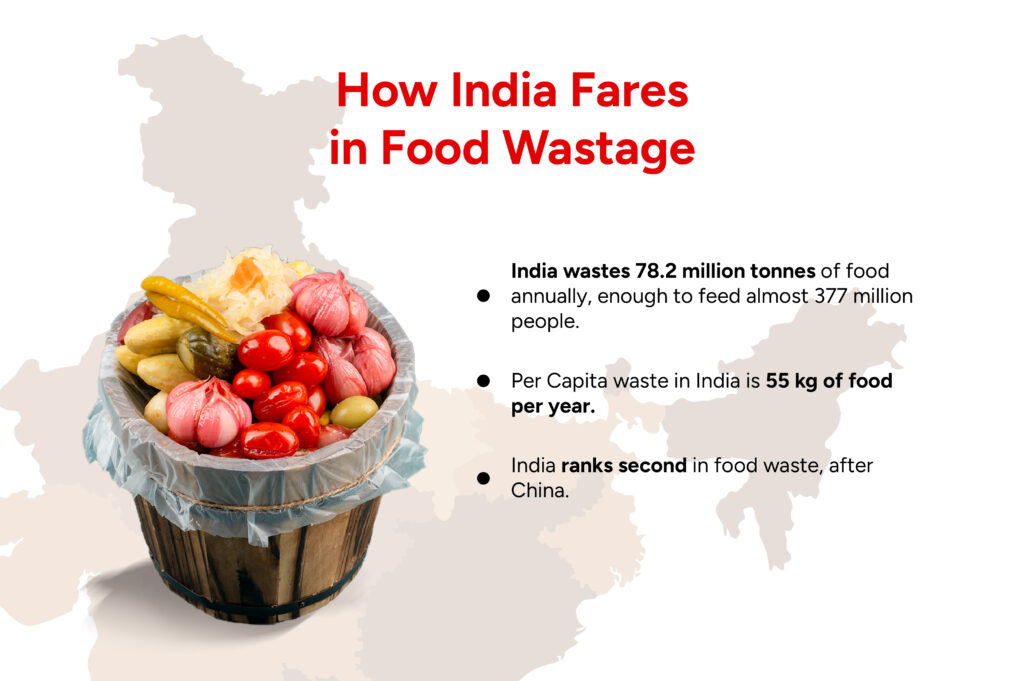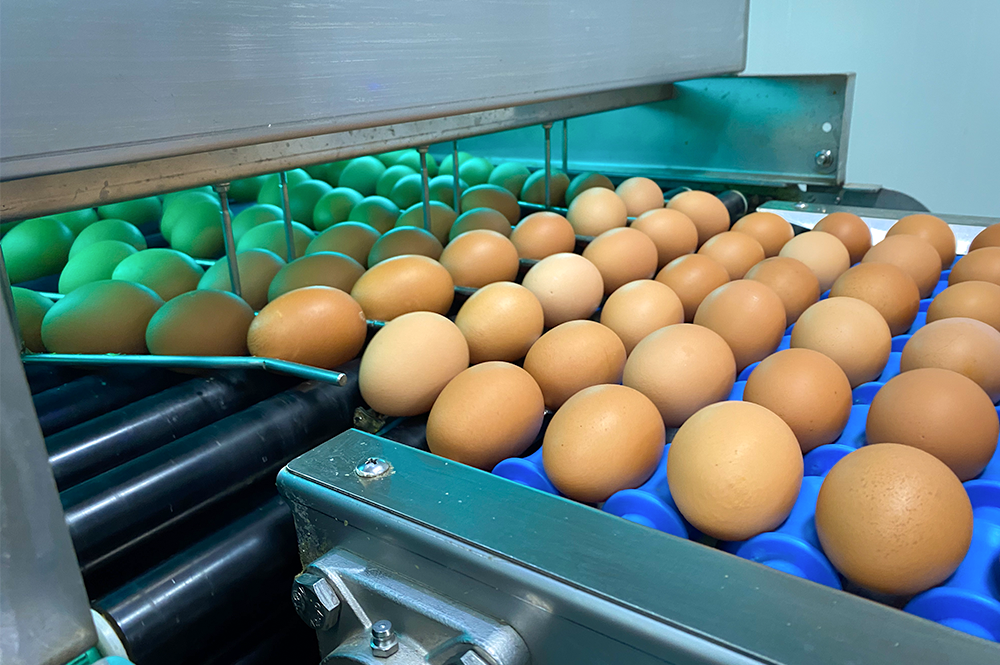Among the questions food manufacturers and suppliers try to answer, how to increase the shelf life of food products might be at the top of the list. All brands are focused on making their products last longer on shelves, making the logistics of shipping, storing, and selling easier. Besides, there’s a lot at stake—you don’t create brand recall or engage consumers with products that expire at the drop of a hat.
There is an environmental impact to consider, too. While it’s impossible to accurately measure how much food is wasted or lost across the value chain due to the complexity involved and the lack of reliable data, what approximations or guesses we have point to significant numbers. One estimate from the World Wildlife Fund says about 40% of the world’s food goes uneaten. This means vast resources like trillions of gallons of water and huge land areas are wasted, directly affecting manufacturers’ bottom lines.
Understanding and measuring the shelf life of food will be critical for manufacturers to last in the market and gain trust. Thankfully, recent advancements have made extending shelf life more efficient. We’ll explore these methods, starting with the basics of shelf life and what the more nuanced benefits of extending it are.
Understanding and Measuring the Shelf Life of Food
Even if tracking each individual can of discarded baked beans is impossible, there’s obviously considerable wastage from products that spoil readily or due to unobservant consumers. According to the United Nations Environment Programme’s Food Waste Index Report 2024, the world wasted an estimated 1.05 billion tonnes of food in the retail, food service, and household sectors combined in 2022. Manufacturers need to be wary of where gaps exist across the value chain, especially around shelf life and storage, and address them to cut losses and operate in a more environmentally mindful manner.
Before looking at what needs to be done, let’s pick apart what shelf life actually is. Broadly speaking, it is the period within which a food item is desirable and fit for consumption. A product’s attributes, like texture, nutritional value, and taste, hold firm during this time under favourable storage conditions.
Causes of Reduced Shelf Life
Factors affecting the shelf life of food could include several physical and chemical changes, from as simple as mechanical damage while handling to the more intricate effects of ambient conditions on the packaging itself. Microbial activity and enzymatic reactions are prominent elements that disrupt shelf life. Temperature fluctuations are also to blame for reduced shelf life, whether exposure to high temperatures or refrigeration failure at the warehouse or the retail level.
A quick guide to measuring shelf life could involve chemical analyses or something as straightforward as sensory evaluations by trained personnel. Diverting resources to increase shelf life needn’t be an expensive affair. The advantages are vast and can give manufacturers plenty to rejoice about. This brings us to our next section.
Why Extending Shelf Life Helps
Proven Ways to Increase Shelf Life
The big question again is how to increase the shelf life of food products. We’ve outlined some trusted methods that can accelerate business goals, aid sustainability objectives, and reduce operating costs—all while endearing brands and companies to contemporary consumers. These include methods at different levels, from production to packing to storing.
The easiest rule to follow is to ensure that produce, post-harvest, is handled with the utmost care. Avoid contamination, dirty storage conditions, and rough handling—and that’s half the job done.

1. Packaging Innovations
Getting the packaging right in most cases is the easiest way of extending the shelf life of products like fruits, vegetables, and meats, offering a higher chance of maintaining freshness. Vacuum sealing is pretty common and helps avoid aerobic bacteria and mould. This packaging also ensures that food is less susceptible to freezer burn, making it a versatile, reliable option. Elsewhere, modified atmosphere packaging (MAP) is the manipulation of the internal conditions of packaging, typically by substituting air with a mixture of gases and allowing it to equilibrate on its own. This practice is especially great for pre-packaged fish products! Edible packaging (plants and seaweed micro membranes and casein-based packages) and smart packaging are innovations that brands are embracing. The former can help avoid potential adverse reactions between products and packaging or the packaging and the environment. The latter can use technologies like embedded sensors, near-field communications, and QR codes to build data-driven operations in the supply chain to calibrate shelf life and reduce printing/packaging.
2. Humidity Tracking
3. Product Irradiation
It’s elementary—exposing food to ionising radiation reduces or eliminates microorganisms. Gamma rays from cobalt 60 and caesium 137, x-rays, and electron beams are your go-to options here. While seemingly nightmarish on paper, the technique is safe and does not turn the food radioactive or make potatoes sprout arms. Irradiation can destroy insects in fruits/vegetables, delay fruit ripening, and provide preservative properties for products like spices, poultry, shellfish, and ground beef. Irradiation might not neutralise microorganism-produced toxins such as the one that causes botulism—but it is effective against the bacteria itself. And despite the slight effect it has on flavour, irradiation could be the solution for manufacturers trying to keep their products on shelves for just that bit longer.
4. Advanced Food Processing Techniques
5. Smart Stickers
Invest Where it Matters
Throwing your weight behind innovation and research into increasing the shelf life of products is the bare minimum in this day and age. There are enough actionable strategies and techniques available for practically every need, whether to stop microbial activity, restrict moisture levels, or sterilise food for long-term consumption. The industry is already making progress at the intersection of food safety and technology. New packaging types, smart stickers, recent food processing techniques, and other methods should answer manufacturers’ worries over how to increase the shelf life of food products.
It’s recommended that these are implemented so that waste is reduced and food safety is improved. And there’s the slight issue of our planet’s future being in the balance. Delivering fresh products fit for consumption is a pretty big deal, after all, so invest wisely and make the right calls.
FAQs

How does packaging affect shelf life?
Packaging plays a crucial role in protecting food from external factors such as oxygen, moisture, and light, which can accelerate spoilage.

What is Modified Atmosphere Packaging (MAP)?
MAP involves altering the gas composition within the package, typically by reducing oxygen levels and increasing the levels of carbon dioxide or nitrogen, to inhibit microbial growth and slow down oxidation.

What ingredient prolongs shelf life?
Many ingredients can prolong shelf life, including preservatives such as salt, sugar, vinegar, and certain chemical preservatives.

What is a natural preservative for shelf life?
Natural preservatives include substances like salt, sugar, vinegar, honey, and spices, which can inhibit microbial growth.

How can businesses reduce costs with better shelf-life management?
By extending shelf life, businesses can reduce waste, minimise the need for frequent shipments, and improve inventory management, all of which contribute to significant cost savings.




